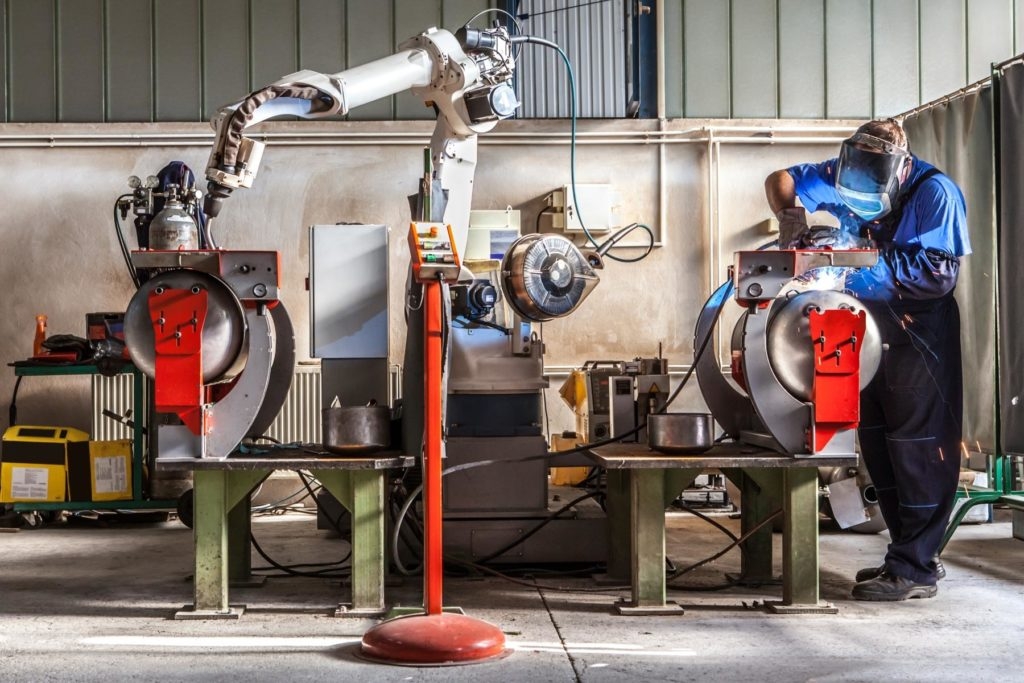
Resources
Achieving Smooth Digital Transformations in Manufacturing Facilities
Digital transformations can have significant upside for the businesses that undertake them: improved efficiency, increased output, reduced costs, and more stable operations to name a few. While they are becoming increasingly common in the technology sector, they remain rare among businesses with physical production environments. Why? Because digital transformations can be very challenging in physical production environments – like manufacturing facilities. That said, with an awareness of the potential pitfalls and the right plan of attack, a digital transformation is possible in even the most challenging production environments. In this brief article we surface common challenges, and six strategies for ensuring smooth digital transformations in manufacturing facilities.
Let’s start with how hard digital transformations can be. A McKinsey study published in October 2018 found that only 17% of organizations reported successfully implementing a digital transformation, with most successful digital transformations involving technologies already tightly coupled with IT infrastructure, such as cloud, mobile, and web technologies. Digital transformation leveraging production technologies consistently occurred the least. Only 4% of organizations did so with robotics and only 2% with additive manufacturing!
Why is digital transformation so difficult in physical production environments? There are many factors involved, but seven reasons stand out.
- Items require careful and/or dexterous manipulation. It’s important to go into a digital transformation with a realistic perception of what tasks can be reasonably automated, since not all tasks are good candidates. Tasks such as winding cables or threading wires can be complicated and expensive to automate, whereas they can be easily performed by humans.
- The production environment has a tremendous amount of variability. While robots may struggle, humans are excellent at adapting to flexible environments where boxes arrive in slightly different locations or parts are randomly presented for picking.
- Changeover occurs frequently. If regular changeover is required for the same equipment to produce different items, this increases the difficulty in digitalizing production.
- Legacy equipment can lack digital controls. Push buttons can be physically automated with pneumatics and controlled digitally. On the other hand, devices that require the manipulation of handles, knobs, levers, touchscreens or a keyboard and monitor can be significant obstacles to a digital transformation.
- Individual tasks are automated, but there is no digital thread for the process. The knowhow built from years of setting up and running a process, is locked away in the mind of the operator, line manager, controls engineer, or other personnel. With an aging manufacturing workforce, many of these experts will soon be retiring and taking with them decades of priceless expertise.
- Programming interfaces for manufacturing equipment are highly fragmented. For equipment with digital controls, such as CNC machine tools, programmable logic controllers (PLCs), and robot arms, the programming interfaces have not significantly advanced beyond OEM firmware.
- Robots are hard to use. Despite significant advances in robots over the past few decades, robots are still plagued by complex, proprietary programming languages. Visual, “no code” programming that has transformed technology sectors by empowering exponentially more people to “program,” is extremely rare in robotics.
From the skilled labor shortage to the fragile supply chain, there are many reasons that automation is more important than ever. Recognizing this, and taking action on it are two different matters. While digital transformation can be challenging in manufacturing, with the right plan of attack, it is possible in even the most challenging production environments.
Our new whitepaper Enabling Smooth Digital Transformation in Physical Production Environments explores six specific strategies that can significantly improve the likelihood achieving a successful digital transformation:
- Build your organizational acumen for automation. By investing in building internal acumen around automation, manufacturers can double the chances of success with automation.
- Aim for flexibility in the beginning. Organizations who do so can shorten the development cycle necessary for any automation design/deployment – more quickly achieving optimized automation processes that are virtually impossible to achieve without some degree of trial and error.
- Tailor your environment to make it easy for robots. By optimizing the physical environment around the inherent limitations of robots, manufacturers can greatly improve accuracy, consistency, and repeatability of a robotic automated process.
- Don’t over-automate. By starting with the right tasks, and not over-automating out of the gate, manufacturers are much more likely to achieve successful automation that they can then build on. Not all tasks are equally viable automation candidates!
- Eliminate software fragmentation with a common platform. By deploying automation around a single platform capable of controlling robots and hardware from different brands, like Forge/OS, the learning curve for programming automation can be greatly reduced.
- Choose tools that empower your team to succeed. By deliberately selecting automation hardware and software that is more user-friendly, manufacturers can empower their process experts, who probably aren’t robot programmers, to own their automation.
Taking all these strategies to heart when embarking on a digital transformation, organizations of all sizes and technical backgrounds can significantly minimize the growing pains associated with a digital transformation in a physical production environment.
For a deeper dive into the strategies for enabling a smooth digital transformation, download our free whitepaper: Enabling Smooth Digital Transformation in Physical Production Environments!